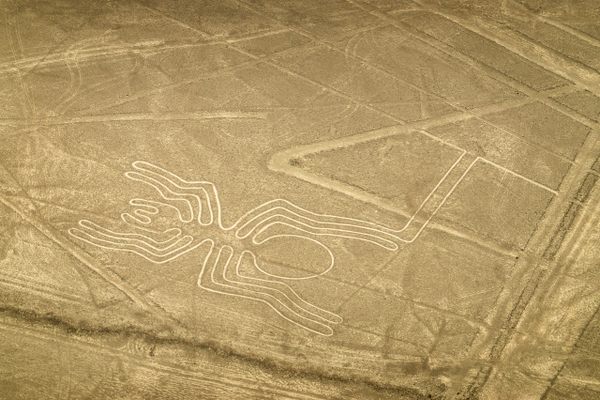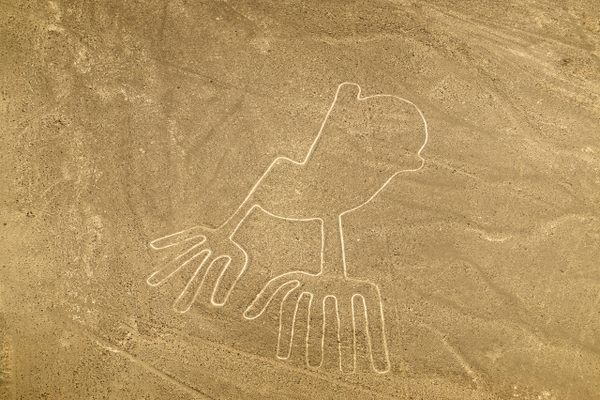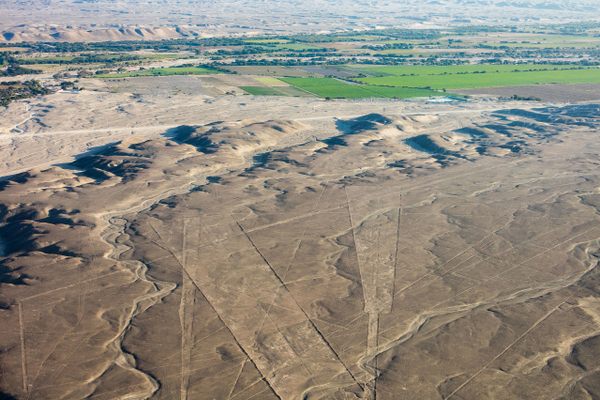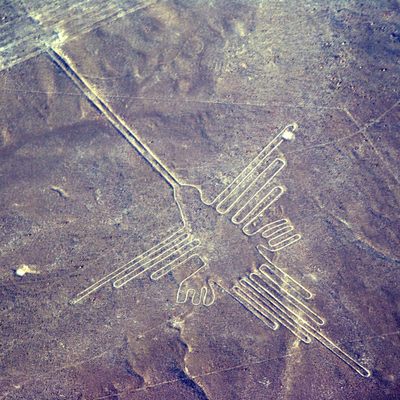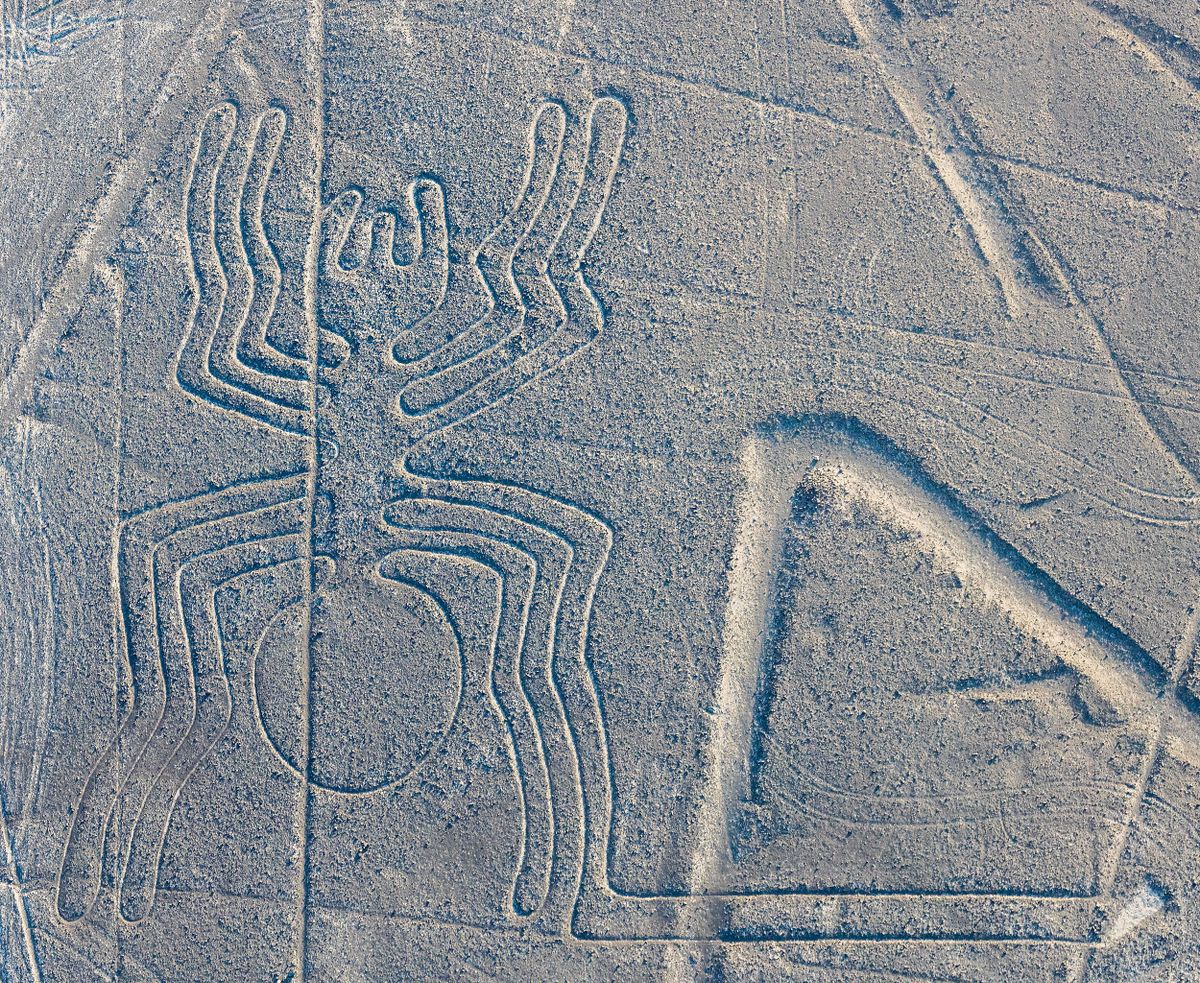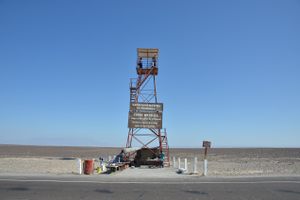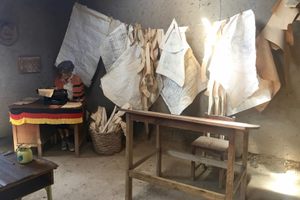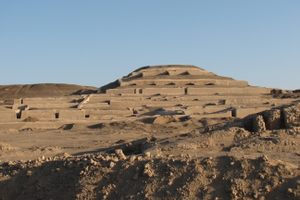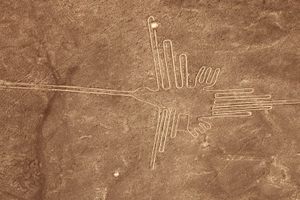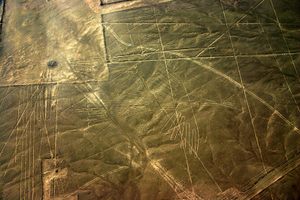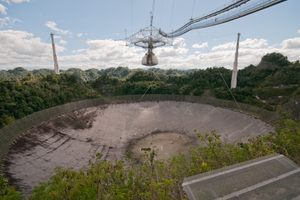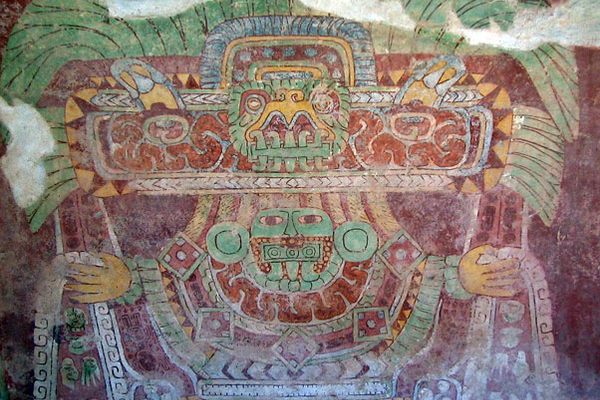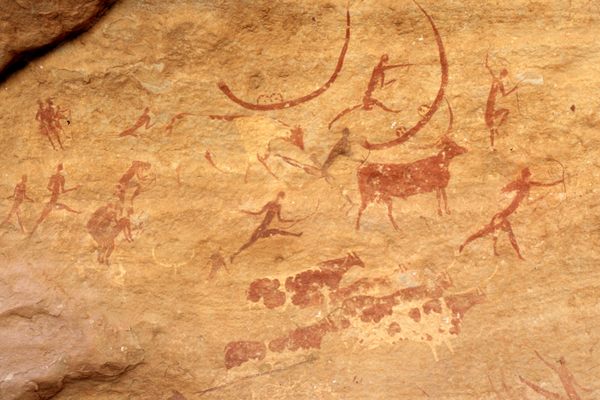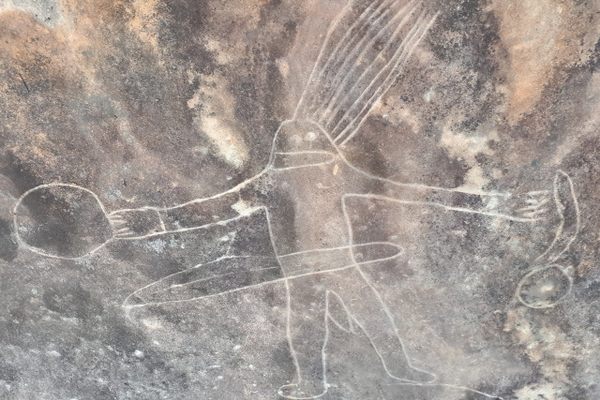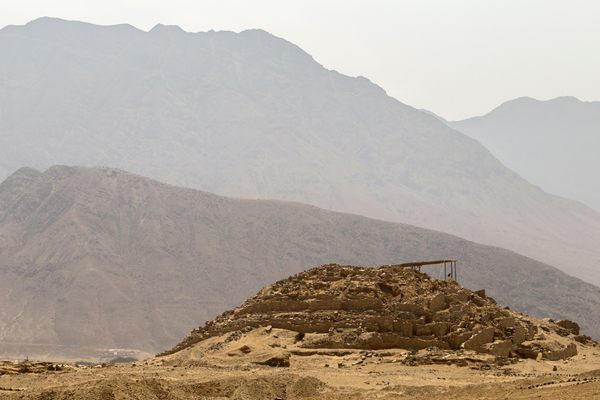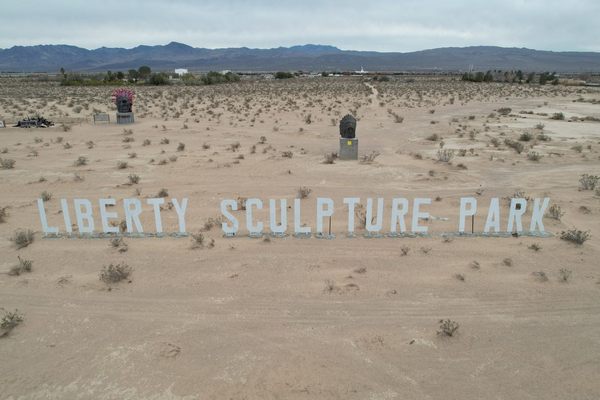About
The Nazca Lines are legendary. Drawings of hundreds of figures stretch across nearly 200 square miles of high arid plateau in Peru, these range from giant spiders to vast geometric shapes, to enormous monkeys as large as 890 feet (roughly two and a half football fields). Hummingbirds, fish, sharks or orcas, llamas, and lizards—and, according to some theories, astronauts, aliens, and landing zones—are all depicted in these enormous line drawings.
One of the most tantalizingly mysterious archeological sites, these geoglyphs have spawned wild theories about the ancient Peruvian peoples that made them. One significant reason there is so much interest in the drawings: they can only be fully seen from a few hundred feet in the air, meaning that the people who created them never would have had a way to see them in full... unless, of course, you believe they did.
Due to the mystery surrounding their creation and purpose and the fact that they can only be fully seen from the sky, the lines are of particular attraction to new-agers, ancient astronaut theorists, and alien enthusiasts—much to the frustration of the anthropologists, archaeologists, and astronomers who have studied the lines and hope to provide credible answers to their purpose and creation.
How were the Nazca lines made?The glyphs were made between 200 B.C. and 600 A.D., the time of the technologically sophisticated Nazca civilization, who are believed to have created the lines. They were created by scraping a 10 to 30-centimeter layer of iron oxide off of the desert floor. Due to the incredible dryness and consistent weather of the area, this was all it took to create images that have lasted for well over 1,500 years. The lines were first systematically studied by the Peruvian archaeologist Toribio Mejia Xesspe in 1926.
The most likely construction method involves putting stakes in the ground, tying a rope between them, and scraping the dirt off along the rope. This would explain the geometric shape of many of the lines, as well as how the Nazca would have kept the measurements for the drawings in ratio to each other, by simply multiplying the measurements of a drawing into rope lengths. Wooden stakes found in the ground at the end of some lines support this theory of creation.
What was the purpose of the Nazca lines?But the real mystery comes not in the how, but the why. The explanation most in keeping with what is known about the Nazca culture is that the lines were made to be walked upon as a sort of ceremonial procession that led to a sacred area where the Nazca prayed to various gods involving agriculture and water. The shapes, then, were never meant to be seen at all, and it was only with the advent of modern aircraft that they were.
Another viable suggestion is that the figures were intended to be seen by the gods; a sort of early SETI program to announce, "We are here! You, in the sky, are you out there?" Others believe that the lines were a giant astronomical calendar pointing to the locations where celestial bodies would align themselves. However, archaeoastronomists who examined the site in 2000 dismissed this claim as insufficiently supported.
The wildest and least sensible theory—though certainly one of the most seductive and popular—involves ancient aliens who communicated with the ancient Peruvians and used the lines as navigational devices or even landing fields for some type of ancient astronaut.
Yet another alternative explanation is that the Nazca did indeed have a way to see the drawings from the air: hot air balloons. Jim Woodmann, a proponent of the Nazca hot-air balloon theory, managed to build one using only materials and techniques that the Nazca would have had available. Hot air balloonists argue that the Nazca were a technologically advanced society and point to their having built an impressive system of underground aqueducts, known as puquios, that still function today. However, there is no evidence besides the possibility that the Nazca ever built or had hot air balloons.
Despite the figures having been examined by numerous anthropologists, ethnologists, and archaeologists, not to mention new-agers, ancient astronaut theorists, and alien enthusiasts, we may never truly know what the Nazca lines were meant for, or how the Nazca people intended them to be seen. What we do know, though, is that they are incredibly fascinating. And we haven’t even discovered all of them.
In December 2022, researchers from Yamagata University reported that they had identified 168 previously unknown designs on the Nazca plain. These drawings depict humans, birds, cats, llamas, and other animals. Some of them are small enough that they can actually be seen from ground level.
The lines have seen some intrusion and damage over the years. When the Pan-American 1S Highway was constructed through the area, it transected the lines themselves. In 2014, Greenpeace activists walked across part of the plain to lay a banner message near the Hummingbird. By not wearing the special protective shoes used by researchers, they caused permanent damage to the soil. In early 2018, a truck driver ran over the ancient lines, leaving tracks across a 104-foot by 328-foot area of the site and causing damage to three of the geoglyphs.
Related Tags
Know Before You Go
Now, the best way to see the Nazca Lines is to hop on a plane in one of the nearby cities (Nazca, Pisco, or Ica). The prices are about $100 + airport tax.
Take a bus from either Lima (7 hours) or Arequipa (8 hours) to Nazca. Flights can be arranged by local tour agencies, or take any collectivo or bus heading north to get to the Mirador viewing tower 20 kilometers north of town. The best flights over the lines are those before noon—the wind starts to pick up then and your flight can be bumpy!
Peru: Machu Picchu & the Last Incan Bridges
Discover Inca Wonders.
Book NowCommunity Contributors
Published
October 13, 2009
Updated
February 23, 2024
